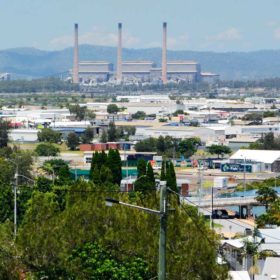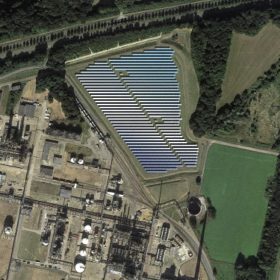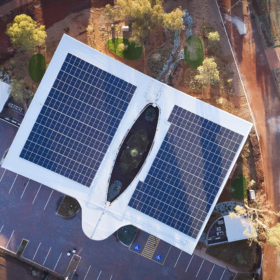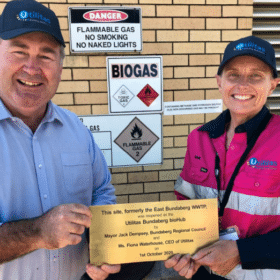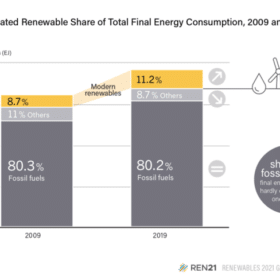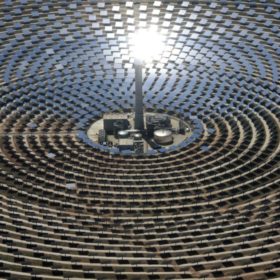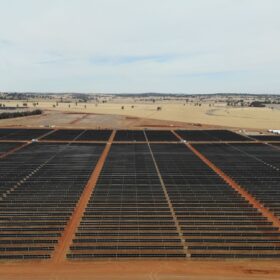Jinko and JA Solar to invest $130m in 100,000 tonne polysilicon fab
The two solar manufacturers will get priority access to polysilicon produced at the planned fab in Inner Mongolia, which developer Xinte Energy has said will be fully operational by June 2023.
Clean? Green? Blue? Blended? Queensland’s GEAP project defies hydrogen categories
The Gladstone Energy and Ammonia Project plans to efficiently use available resources and technology to produce low-cost, relatively low-emissions blue hydrogen from coal, and provide a conduit to commercialising true green hydrogen. A federal emissions policy driving toward a net-zero commitment could properly value GEAP’s place in Australia’s energy and export ecosystem.
Sunday read: Corporates’ critical solar role
Despite the global pandemic and recession, corporate purchases of clean energy are booming. Several factors are driving this trend, including falling costs, heightened appetite for sustainability among consumers and investors, and increased political will for net-zero development. In recognition of this, the UP Initiative will spend the third quarter investigating sustainable electricity supply. How are PPA models evolving? What are the critical issues around residual energy? And how can greenwashing be avoided? pv magazine investigates.
Saturday read: Politicians tend to overpromise, except when it comes to solar
The speed of all transitions is inherently underestimated, and solar PV is no exception. The EU has grossly underestimated its coming of age, as its forecasts for 2020 were off by 67% for the Netherlands and 74% for Germany, writes Rolf Heynen, CEO of Dutch New Energy Research.
WoodMac forecasts Australia’s low-carbon hydrogen export revenue to reach US$90 billion by 2050
Wood MacKenzie’s energy transition modelling is predicting a primacy in the future low-carbon hydrogen economy for Australia. Thanks to the country’s solar irradiance and renewable energy expertise, as well as its relative proximity to major off-taker markets, Australia could be looking at export revenues of up to US$90 billion by 2050.
AEMO analysis finds Western Australia on the fast track to energy system transformation
The Australian Energy Market Operator’s latest analysis of the Western Australian Wholesale Energy Market has found that investment in renewable generation and distributed solar is accelerating at a rapid pace, and importantly, that that acceleration is within the control of the state’s energy transition strategies.
How a Queensland city’s co-location past is fuelling its green hydrogen future
In the world of renewable energy, the past carries charge. It can be an anchor, a learning curve, a hurdle. In Bundaberg, it’s quite literally the fuel for the future. And that green future is being energised by an unusual crew: its local government.
Has China extended solar grid-connection deadlines by a year?
Such a decision, which industry body the CPIA is adamant has already been announced, could make all the difference to investors struggling with a surge in equipment costs fuelled by the polysilicon shortage. The all-important National Energy Administration, however, has yet to confirm whether the CPIA’s interpretation is correct.
‘Bitter reality’ revealed in global renewables report
REN21 today published its Renewables 2021 Global Status Report, finding the share of fossil fuels in the global energy mix remains virtually unchanged from a decade ago, even as renewables are installed at record pace.
Australian financiers invest $141 million in concentrated solar power (CSP) plants in Spain
Australian financial group Macquarie Asset Management on Monday announced a €90 million (AU$141.5 million) debt investment in a portfolio of concentrated solar power (CSP) plants in southern Spain.
